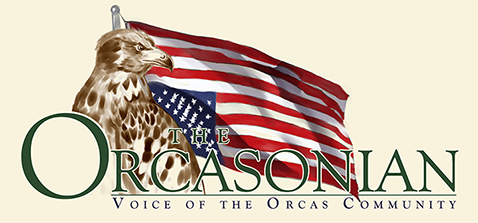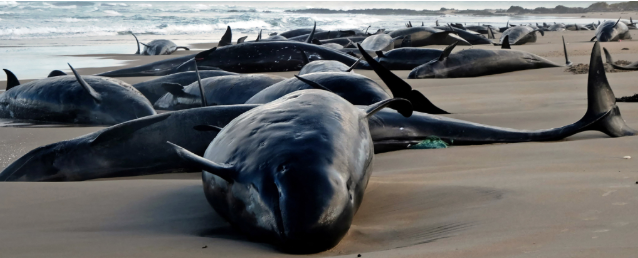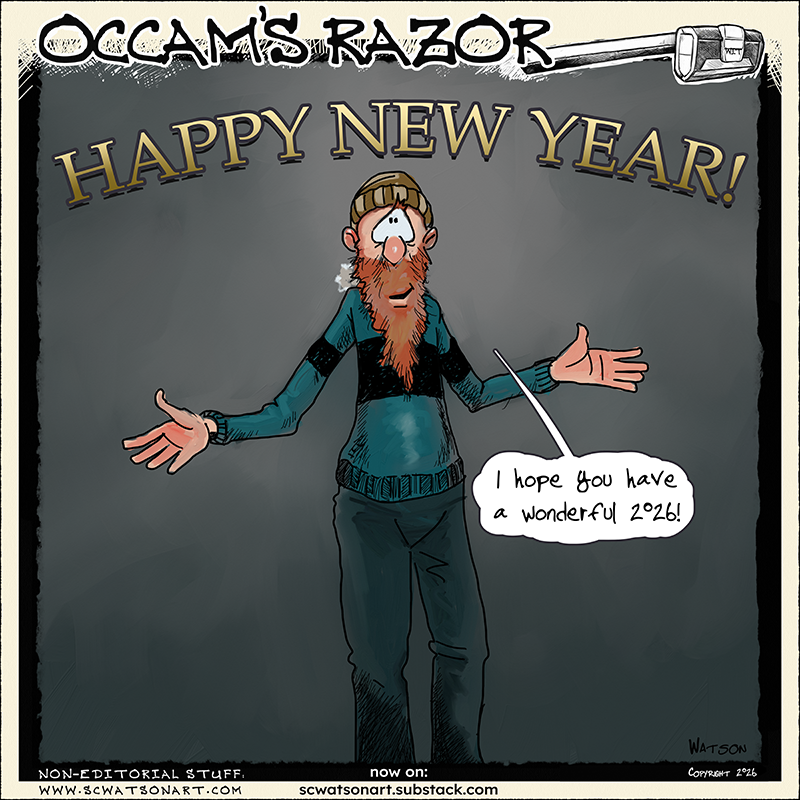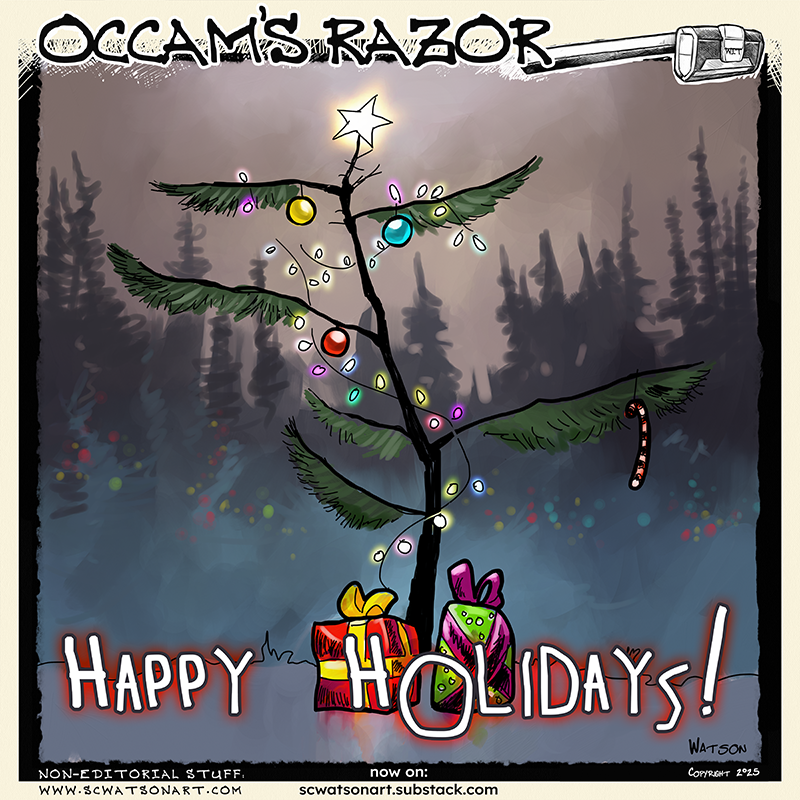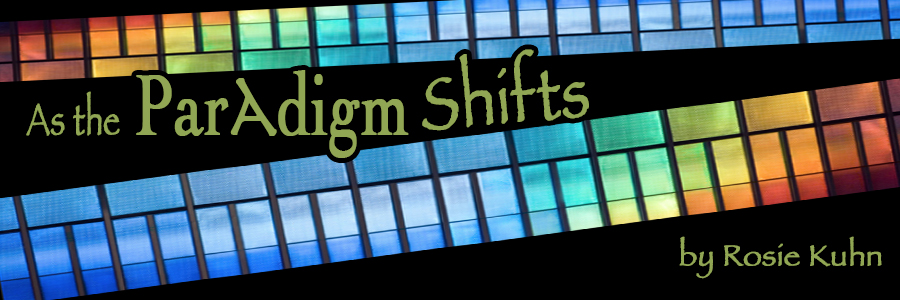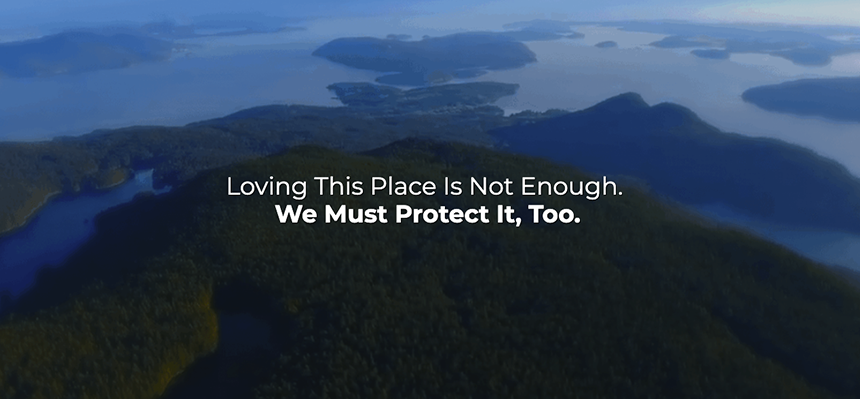Here’s why they can’t be saved
||| FROM SCIENCE ALERT |||
Wildlife rangers will Wednesday begin shooting 90 dolphins stranded on a remote Australian beach, saying the stressed creatures would be euthanised after attempts to refloat them failed.
Tasmania’s environment department said only 90 survived by Wednesday afternoon, growing increasingly “stressed” the longer they were exposed to beaming sun and lashing winds.
“Following expert veterinary assessment we have made the decision to euthanise the animals,” incident controller Shelley Graham told reporters.
“That’s likely to be the course of action for all 90.”
They appeared to be members of a large dolphin species known as false killer whales, officials said, named for the orca-like shape of their skull.
Efforts to refloat the dolphins – which can weigh upwards of one tonne – had fallen short and were unlikely to succeed, said biologist Kris Carlyon.
“This is possibly the trickiest location I’ve seen in 16 years of doing this in Tasmania. It is extremely remote, extremely difficult to get access.
“We’ve given it a good crack this morning, but we are running out of options for a successful refloat.”
Dozens of sleek and dark-skinned dolphins were pictured Tuesday wallowing in wet sand as a shallow tide lapped against them.
“Euthanasia of an animal this size, it’s not a simple exercise,” said Carlyon.
It is reasonably common for pods of false killer whales to strand themselves on Australia’s beaches.
**If you are reading theOrcasonian for free, thank your fellow islanders. If you would like to support theOrcasonian CLICK HERE to set your modestly-priced, voluntary subscription. Otherwise, no worries; we’re happy to share with you.**
